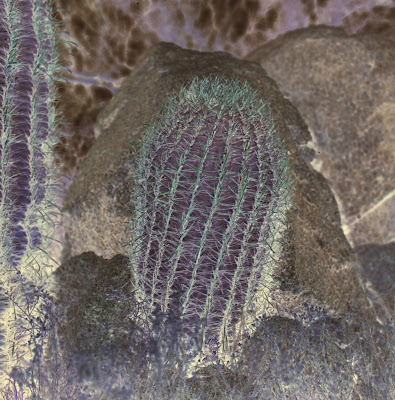Revisiting Color Negative Scanning and Color Spaces

Introduction My recent set of 4x5 color images have shown up some inattention I have had in my color scanning workflow. I first noticed it when I had a print made from Peak Imaging. The print looked noticeably darker with more muted color than the screen image. I had asked the lab not to correct the image where a technician will try and remove color casts and get good contrast and color balance. I wanted to try and have more control over the print. (The lab corrected images in the past I have been pleased with.) The next thing I noticed was the same image posted to this blog and to Flickr did not reflect the same quality I saw on the same monitor when rendered on the PC. In other words the image rendered through a browser appeared differently than the image when rendered on the PC either in the photo viewing application or Photoshop Elements etc. Here is an example of the the screen grab of two images that are in all ways identical expect one. The image on the right is the one I or


